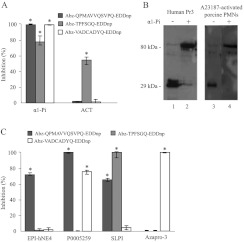Figure 3. Inhibition of porcine NSPs by human NSP inhibitors.
(A) Percentage inhibition of porcine NSPs in supernatants of A23187-activated neutrophil suspensions (106 cells in 150 μl) by human α1-Pi (10−7 M final concetration) and human ACT (10−7 M final concentration) showing that the specificity of human inhibitors for porcine proteases is the same as that for human NSPs (median±interquartiles, n=4). * indicate significant (α=5%) inhibition of NSPs. (B) Irreversible complexes formed between human α1-Pi and porcine Pr3 shown by Western blotting in reducing conditions using anti-human Pr3 antibodies (lanes 3 and 4). Human Pr3 and its complex with α1-Pi were used as a control (lanes 1 and 2). The molecular mass in kDa is indicated on the left-hand side. (C) Inhibition of porcine proteases by reversible inhibitors of human NSPs. The specific inhibition of porcine elastase by EPI-hNE4 (10−6 M final concentration), the preferential inhibition of NE over Pr3 by P0005259 (10−6 M final concentration), the inhibition of both NE and cat G by SLPI (10−6 M final concentration) and the specific inhibition of porcine Pr3 by azapro-3 (5×10−5 M final concentration) reproduced the results obtained with human NSPs, indicating the functional resemblance between pig and human NSPs (median±interquartiles, n=4). * indicate significant (α=5%) inhibition of NSPs.

